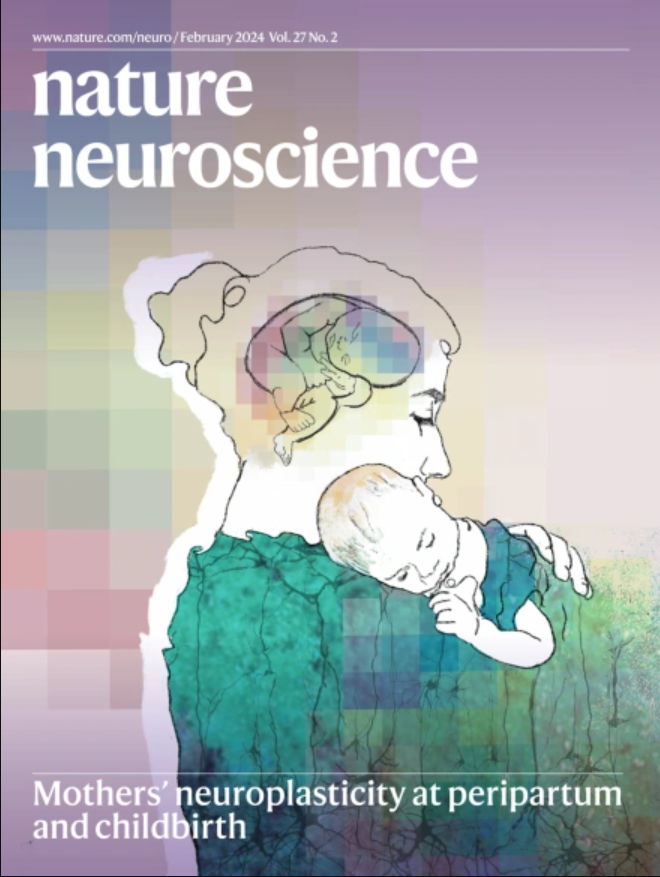调优兴奋
IF 20
1区 医学
Q1 NEUROSCIENCES
引用次数: 0
摘要
蓝斑(LC)是大脑中去甲肾上腺素的主要来源,在调节觉醒和行为方面起着至关重要的作用。尽管其已知的功能,控制LC活性的机制,特别是局部GABAergic (γ-氨基丁酸产生)神经元的影响,仍然知之甚少。在Nature杂志上发表的一项研究中,Luskin, Li等人发现了一种异质的lcgaba周围神经元群体,它们直接抑制LC神经元,从而调节唤醒和回避行为。利用光遗传学和化学遗传学方法,作者在小鼠中证明了lcgaba周围神经元的激活显着抑制唤醒和探索,而抑制它们会增加焦虑样和回避行为。他们通过对行为小鼠进行单核和空间转录组分析,进一步揭示了LC周围和LC区域内神经元群体的分子多样性。随后的实验揭示了特定神经肽表达亚群对各种刺激的不同神经反应,并暗示这些亚群调节唤醒和回避行为。总之,这些发现强调了lcgaba周围神经元作为LC活动的关键调节因子,将它们与唤醒相关行为联系起来,并提出了神经精神疾病的潜在治疗靶点。原始参考文献:Nature https://doi.org/10.1038/s41586-025-08952-w (2025)本文章由计算机程序翻译,如有差异,请以英文原文为准。
Tuning arousal
求助全文
通过发布文献求助,成功后即可免费获取论文全文。
去求助
来源期刊

Nature neuroscience
医学-神经科学
CiteScore
38.60
自引率
1.20%
发文量
212
审稿时长
1 months
期刊介绍:
Nature Neuroscience, a multidisciplinary journal, publishes papers of the utmost quality and significance across all realms of neuroscience. The editors welcome contributions spanning molecular, cellular, systems, and cognitive neuroscience, along with psychophysics, computational modeling, and nervous system disorders. While no area is off-limits, studies offering fundamental insights into nervous system function receive priority.
The journal offers high visibility to both readers and authors, fostering interdisciplinary communication and accessibility to a broad audience. It maintains high standards of copy editing and production, rigorous peer review, rapid publication, and operates independently from academic societies and other vested interests.
In addition to primary research, Nature Neuroscience features news and views, reviews, editorials, commentaries, perspectives, book reviews, and correspondence, aiming to serve as the voice of the global neuroscience community.
 求助内容:
求助内容: 应助结果提醒方式:
应助结果提醒方式:


